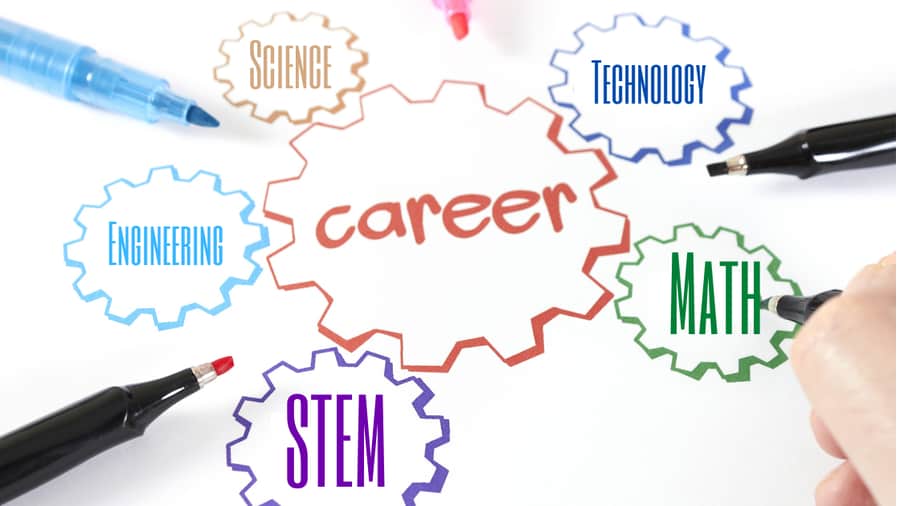

Mechanical Engineers rely heavily on math and physics and will need an advanced degree to land a job, though many begin with a two-year program.Įnvironmental Engineer – Environmental Engineers combine knowledge of engineering, soil science, biology, and chemistry to solve environmental problems. Mechanical Engineer – Are you always trying to figure out how things work, wondering if you can make it better? Mechanical Engineers produce mechanical instruments and tools from start to finish – they are involved in all aspects of design, development, and testing. Graduates of a two-year program can dive into positions at most companies. Network Engineers work on an IT team to ensure technology solutions are fast, efficient, user friendly, and secure. Network Engineer – Companies need to enable employees to communicate with newer, faster, and more secure technologies. You may be able to begin with a two-year degree, but often people will go on to achieve their bachelor’s degree before joining the field. They often work with marketing teams and IT partners, bridging the creative with the technical.
#STEM CAREERS IN DEMAND CODE#
They understand code and are laser-focused on things like user experience, search functionality, and search engine optimization. Web Developer – From developing websites to special effects graphics, web developers are in high demand. A few of the most in-demand positions to check out include: Most positions in the STEM sector have a low unemployment rate and increased demand, which tends to equal higher wages. If you have a knack for problem-solving, live for analyzing technical data, and looking for a job that will evolve over time, a career in a STEM-related field may be for you. So, what are the most in-demand careers in STEM? Jobs in STEM (Think: wind turbine technicians are able to combine mathematics, engineering principles, and an understanding of the power grid for career success.) Many of the Career and Technical Education (CTE) courses prepare you for STEM careers. Rarely do colleges offer STEM majors what they do offer are courses of study that combine several elements together in focused career training. STEM in Collegeīy the time students get to college, they no longer think in terms of STEM. Instructors will lead conversations about the ways that students may be able to use the coursework in the real world, suggesting different career paths in the process. STEM classes generally offer a hands-on learning component where students are able to learn by doing. In other words, math class alone isn’t necessarily a STEM class, but when you combine it with engineering coursework, you have a STEM class.

STEM coursework is built by combining two or more of the subjects together and talking about the real-world implications of this class. (Please note that I-STEM does not specifically endorse these resources.STEM, which stands for Science, Technology, Engineering, and Math, is the educational buzzword you have probably heard recently. Not all STEM jobs are in high demand, but some are struggling to connect with employees. – Mechanical engineering degrees and careers: – Electrical engineering degrees and careers: – Computer engineering and data science degrees and careers: Also this site provides a lot of information about tech careers: Ī is a new career exploration website that is a comprehensive resource to help students explore the broad range of careers in agriculture.Īlso, here are a few links of useful resources on STEM degrees: is an online directory of technology and computer education and careers.
#STEM CAREERS IN DEMAND FULL#
Here are resources specifically for a woman interested in pursuing a career in computer science: Īnother good resource from Maryville University for aspiring women in STEM can be found here: ĭownload the full list of ACT-Defined STEM Majors and Occupations by Area (PDF). Ohio University has a site that lists scholarships in data science programs, in addition to other resources: This blogpost also goes into depth with five women who have careers in data science. This article from American University describes the problem well and provides resources to help girls succeed in STEM.

In particular, women and girls may face a variety of challenges when it comes to feeling successful at and finding a STEM career. Also, the skills such as critical thinking and problem solving learned while studying STEM subjects are applicable to almost all careers and actually in demand for most. STEM jobs are increasing at a faster rate than non-STEM jobs for students with post-secondary education. They can help prepare you for careers in fields that pay well and are relatively abundant. The STEM disciplines are interesting and challenging. But the large majority of STEM jobs require some education after high school. Not all STEM careers require a college degree some good careers such as that of a welder or a manufacturing technician need only an industry certification or a two year degree.


 0 kommentar(er)
0 kommentar(er)
